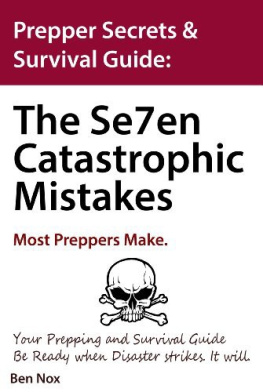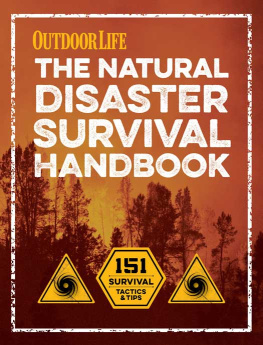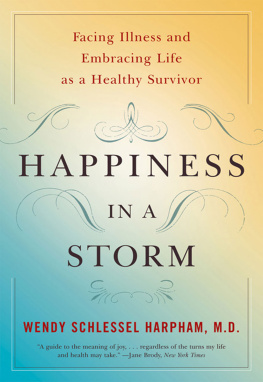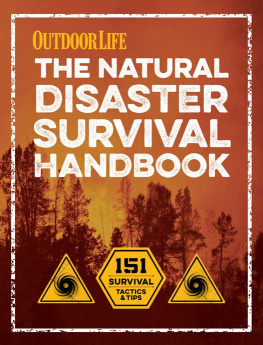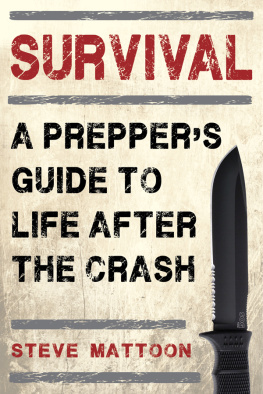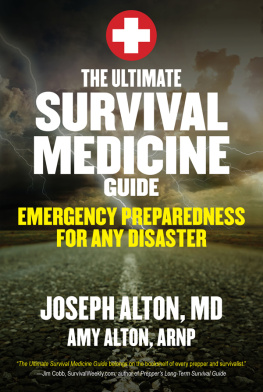To emergency preparedness and response plans for all types of events, including natural or human-made disasters, pandemic outbreaks or terrorist attacks, health facilities and their personnel are important. As healthcare access is essential to address a growing demand for public-medical emergency care, this book is intended to support healthcare facilities in all aspects of emergency planning, including mitigation, preparedness, response and recovery.
This book aims to provide basic tools and resources from federal authorities, professional organizations, universities and state and local public health agencies. We chose some selected resources on this list, including education and training materials, main records, items and equipment, sample procedures and lessons learned.
This is particularly relevant given the risk that radioactive sources may be misused. The experience gained from past accidental exposures is that radiation victims often do not know if they have been exposed to radiation. Even if medical medics first see the health consequences of exposure, the right diagnosis may not be immediately established. Lack of awareness of the health effects of radiation exposure is one of the key reasons why many serious accidents are not early enough to avoid exposure and ensure the best possible treatment.
This educational material is focused on a medical preparedness and radiation response course of IAEA-WHO that promotes a broader understanding of the health consequences of radiation exposure among health authorities and medical staff.
MEDICAL PREPAREDNESS BECOMING A MEDICAL RESOURCE
Medical practice in an environment or in circumstances when standard medical treatments and facilities are unavailable, often for people who do not have formal health training. "This includes medical attention during trekking in third world countries, deep water ocean sailing, isolated trapping and trekking, and after a large natural disaster or another catastrophe. The basic assumption is that qualified medics and hospital services will remain inaccessible for a long time and, in addition to providing first aid-definitive medical treatment and rehabilitation (if necessary). The fundamental principles of personal and public health must also be taken into consideration.
Many are reassessing and updating their current emergency preparedness plans with increasing awareness of the importance of health facilities responding to emergencies. General elements of healthcare emergency management include mitigation, preparation, response and recovery.
Although hospitals have general emergency management plans in place, they cannot plan a large-scale incident until federal and state public health groups establish communications plans and networks to address such incidents. It also trains staff to handle minor cases with hazardous materials, for example, industrial accidents, where both personnel and equipment can be affected unless such events are expected in advance. The preparation will address the concerns of care workers and the possibility for contaminant spread across the emergency department or even hospital.
Key Planning Resources
Premier Health Care Alliance: Disaster Preparedness and Response Tools to help Premier members with their planning and potential disaster response; participants can include Preparedness checklists, possible emergency playbooks, monthly guides, suppliers, legislative and support services and real-time alerts (member sign up required).
CDC Healthcare Preparedness Toolbox website provides healthcare preparedness tools and resources to support communities in preparing crises and public health. Both the sections "Clinical Services and equipment" and "Preparing Resources" provide resources for clinicians.
CDC Public Health Preparedness and Response Partner Resources
U.S. Dept. of Health & Human Services
The HHS Response and Recovery Resources Compendium is an easy-to-navigate and comprehensive web-based repository of HHS resources and capabilities available before, during or following public health and medical incidents to federal, state, local, territorial and tribal stakeholders. The resources in this repository could also be useful to officials in public health and medical emergency management. Each topic contains a list of the main HHS functionality, products and services, a brief description of each and information about access.
HHS Response and Recovery Resources Compendium links with a wide range of NGO and governmental tools, resources and situational awareness portals.
CDC Public Health Program: Emergency Preparedness Central repository for statues, regulations, orders, reports and legal instruments relating to emergency preparedness to assist jurisdictions in taking into consideration updates and clarifications on their emergency legal preparedness in public health activities.
FEMA has an online list of State Offices and Emergency Management Agencies
Risk assessment of the facility: the risk assessment of the facility should be a multidisciplinary process with representatives of all emergency services involved. This includes infectious disease, infection control and safety personnel to assist in distinguishing biological from exposure to chemical agents and monitoring.
Assessment of dangerous risk: Since 2001, the Joint Commission mandates member hospitals to conduct an annual hazard exposure assessment (HVA), which is expected to be the basis for emergency response activities. Current HVAC should be conducted or reviewed by facilities. The process includes an assessment of the probability of each type of event, the risk it poses and the current level of preparation of the organization. The HVA also should take account of nearby community resources that may be affected or requested for help, such as schools, churches, public transportation, news media, telephone and communications networks, volunteers (such as the Red Cross and the Health Army), restaurants and food suppliers.









